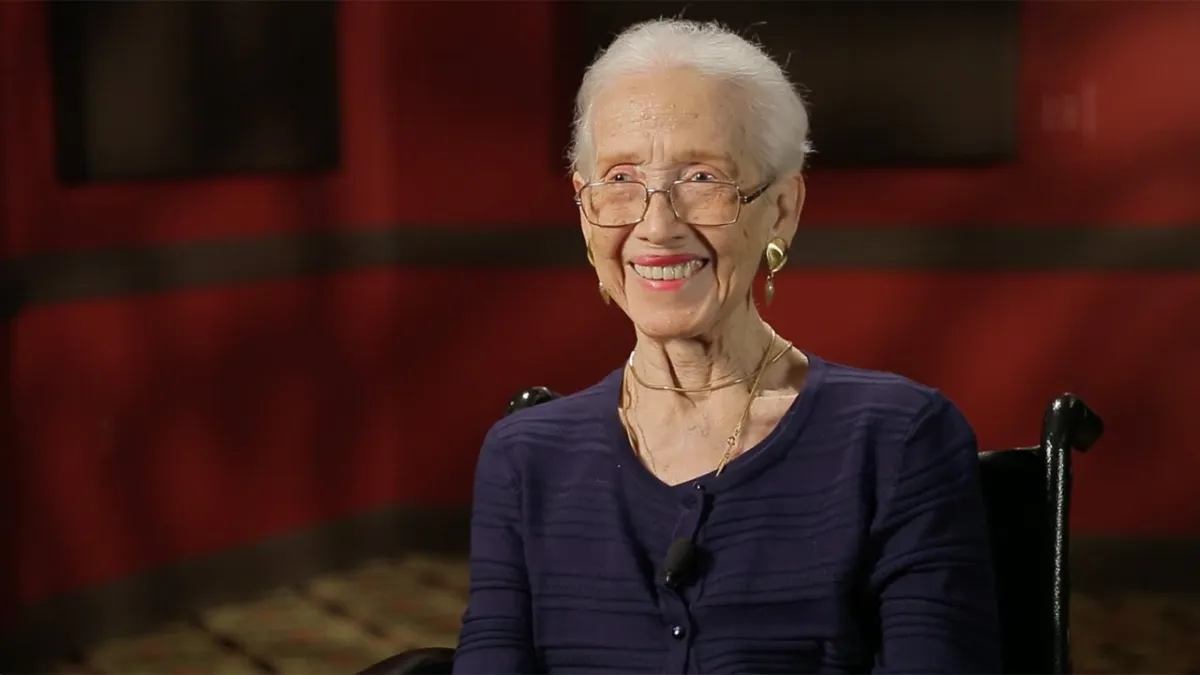After dedicating the facility back in May of 2016, yesterday NASA opened the Katherine G. Johnson Computational Research Facility (CRF) at Langley Research Center in Hampton, Virginia. Johnson, whose life was one of the inspirations for Hidden Figures, worked as a “human computer” at Langley in the 1960s, calculating the trajectories for the first US space flights, including John Glenn’s orbital mission and the Apollo 11 lunar landing.
According to NASA’s fact sheet, the $23-million facility consolidates more than 30 server rooms into a state-of-the-art, energy-saving structure. This CRF will “enable innovative research and development supporting NASA’s air mobility and space exploration missions” and “advance[] Langley’s capabilities in modeling and simulation, big data, and analysis” – a fitting tribute to Johnson’s own achievements, and to the achievements of other women who powered NASA, like Mary Jackson and Dorothy Vaughan, who are also honored on the walls of the facility.
In a pre-recorded video interview, Johnson answered a number of questions about the honor. Asked what she thought about NASA naming a building after her, she laughed, “You want my honest answer? I think they’re crazy.”
Continuing more earnestly, she urged, “But give credit to everybody who helped. I didn’t do anything alone but try to go to the root of the question, and succeeded there.”
In the rest of the video, Johnson emphasized two of her favorite pieces of advice: like what you do, and do it to the best of your ability. “Do your best,” she advised young engineers, “but like it! Like what you do, and then you will do your best.”
My favorite part of the video has to be near the end, when you can still see Johnson’s wonder and curiosity as she remembers her groundbreaking calculations. She looks off into the distance as she talks about work and the stars. “I liked work,” Johnson said. “I liked the stars, and the stories we were telling. And it was a joy to contribute to the literature that was going to be coming out. But little did I think it would go this far.”
I dare anyone to watch her, at 99 years old, talk about space and math that way and tell me STEM is some sort of boy’s trade.
One of Johnson’s interviewers suggested that, perhaps, the trajectories that finally get humanity to Mars may be calculated in the Johnson CRF – and that’s the future I like to think they’ll create here. Here’s hoping one generation of black women engineers, who brought us to the moon, inspires the next generation to reach Mars.
(Via The Guardian and NASA; featured image via YouTube thumbnail)
Want more stories like this? Become a subscriber and support the site!
—The Mary Sue has a strict comment policy that forbids, but is not limited to, personal insults toward anyone, hate speech, and trolling.—









Published: Sep 23, 2017 12:01 pm